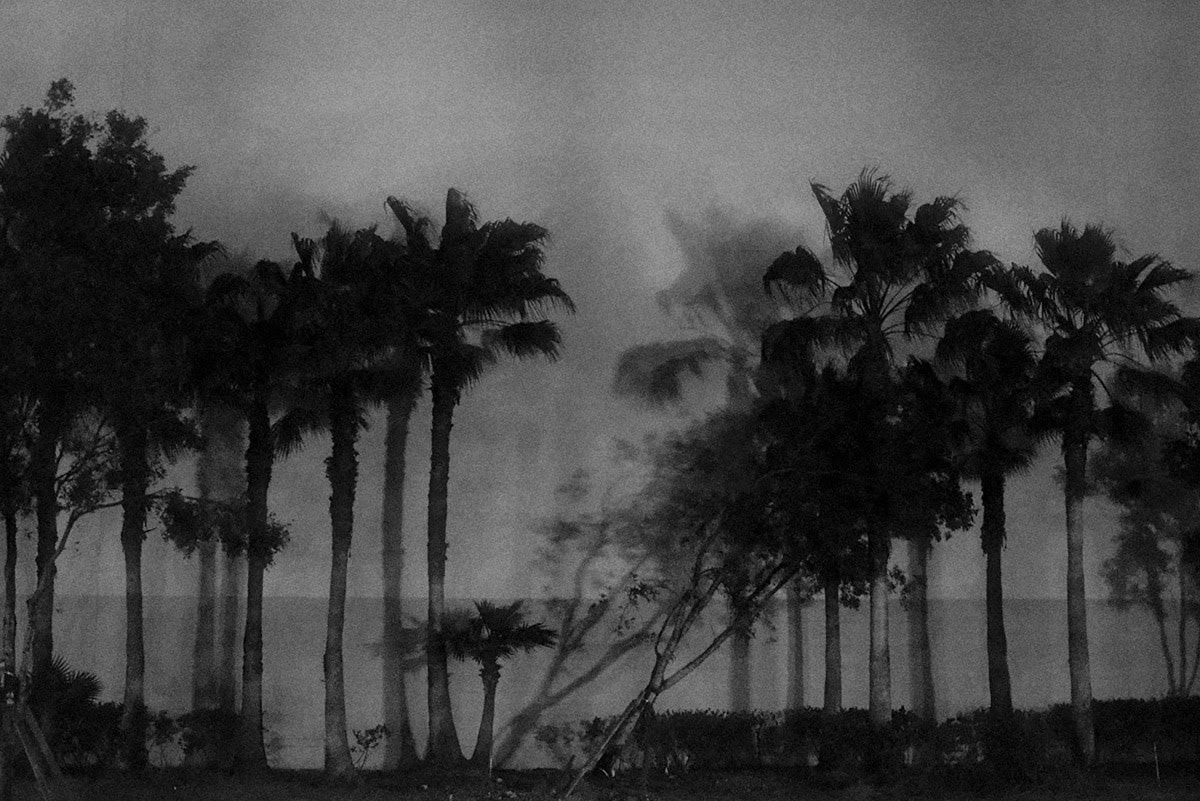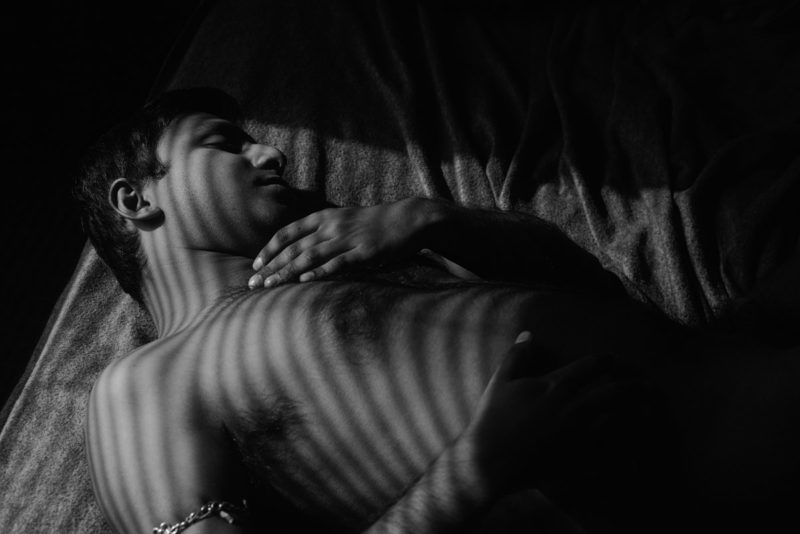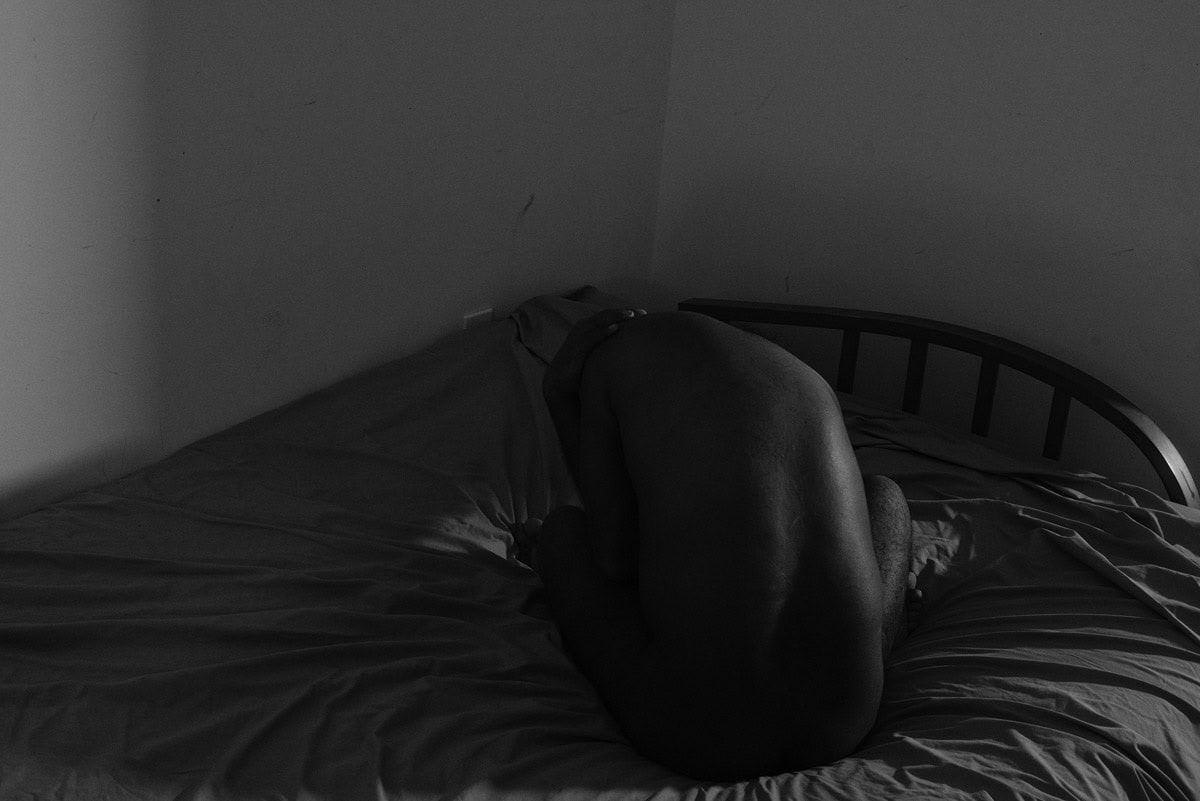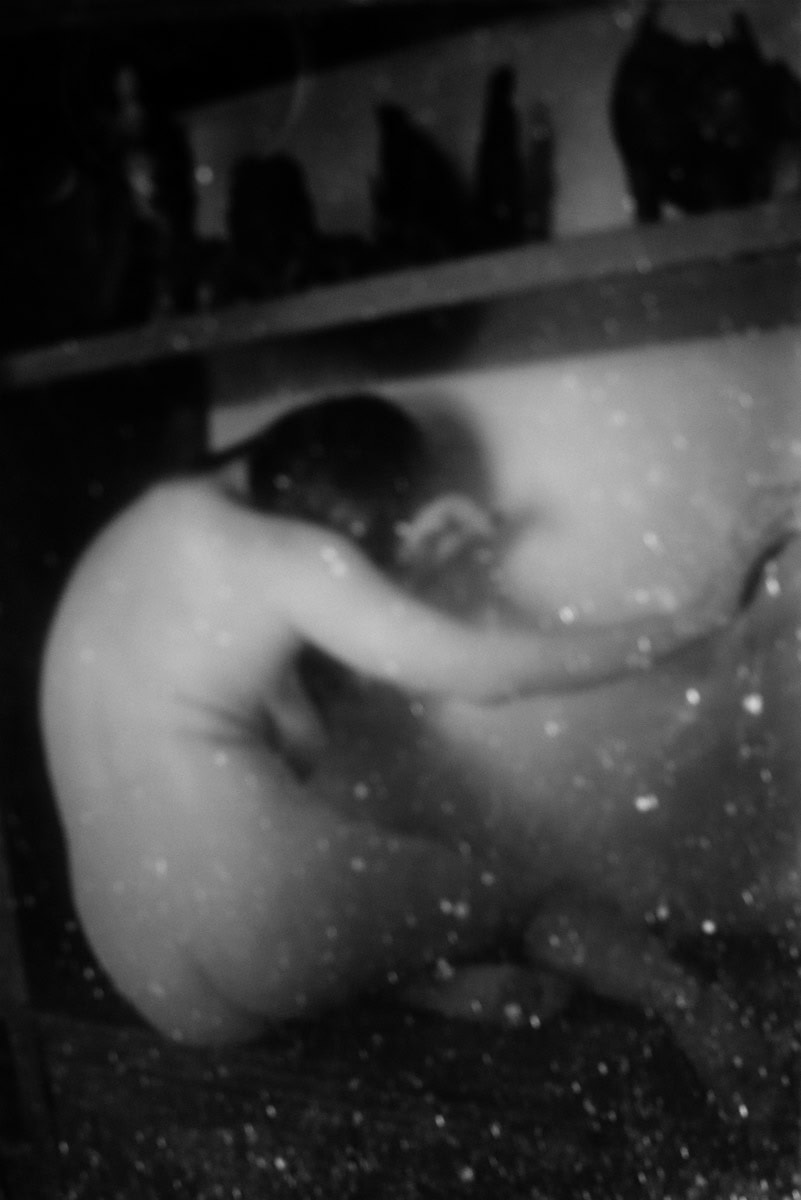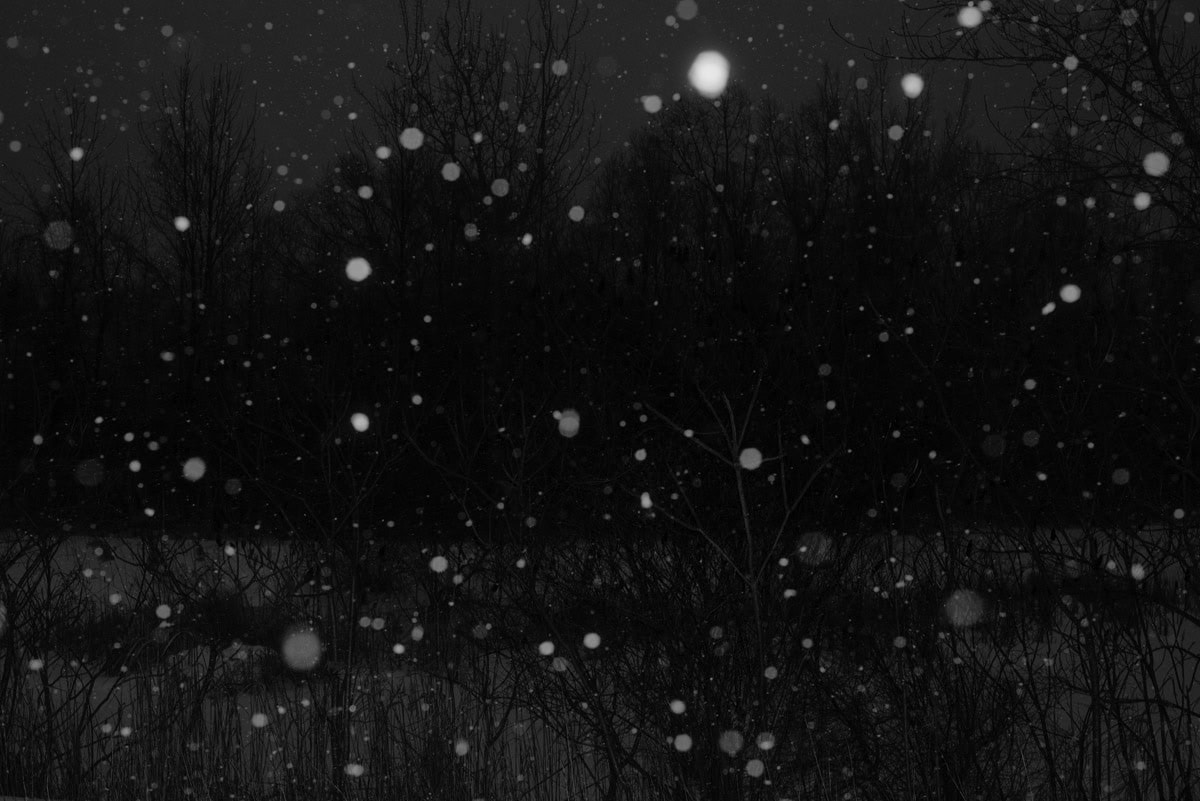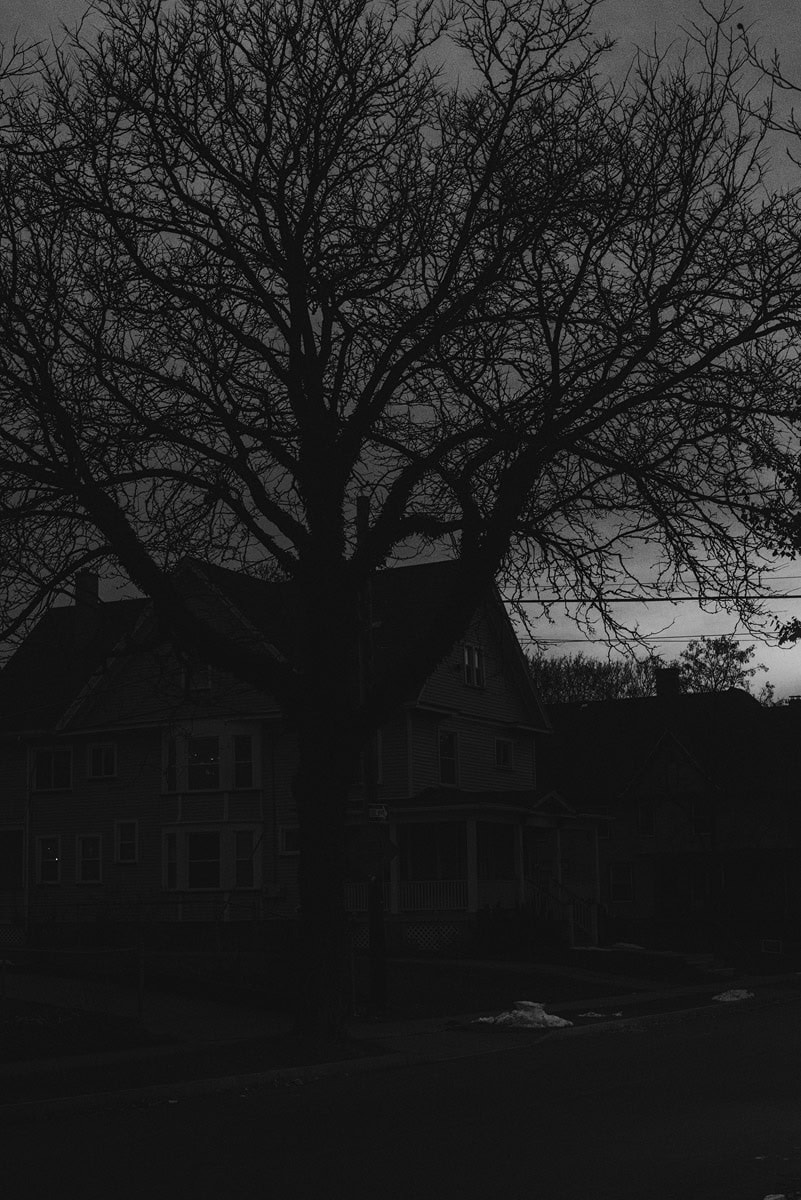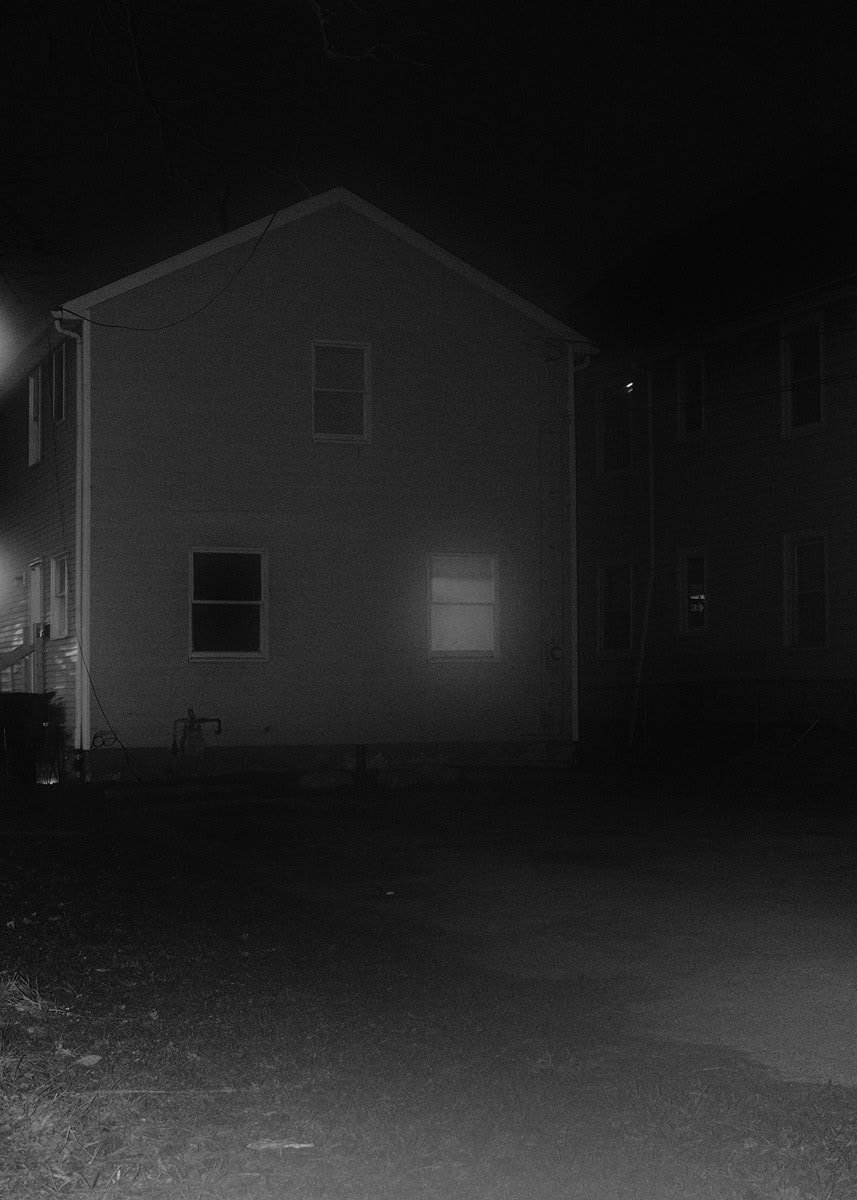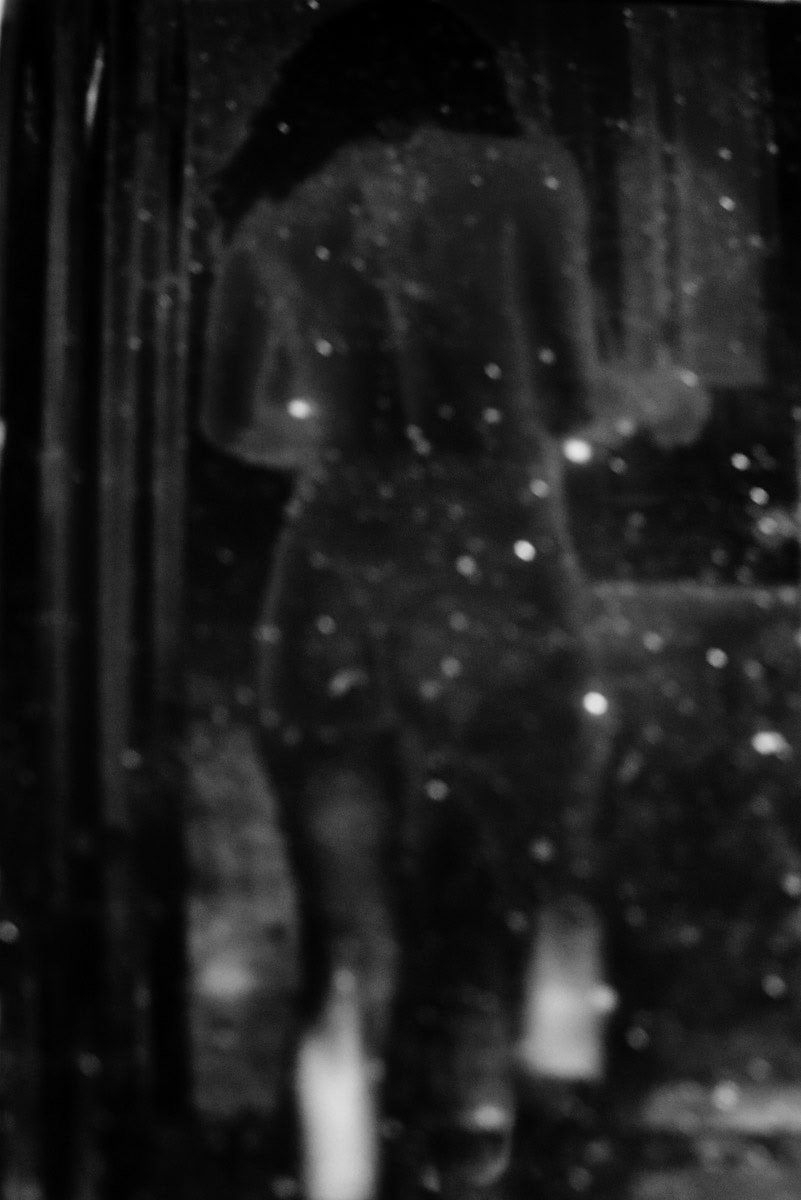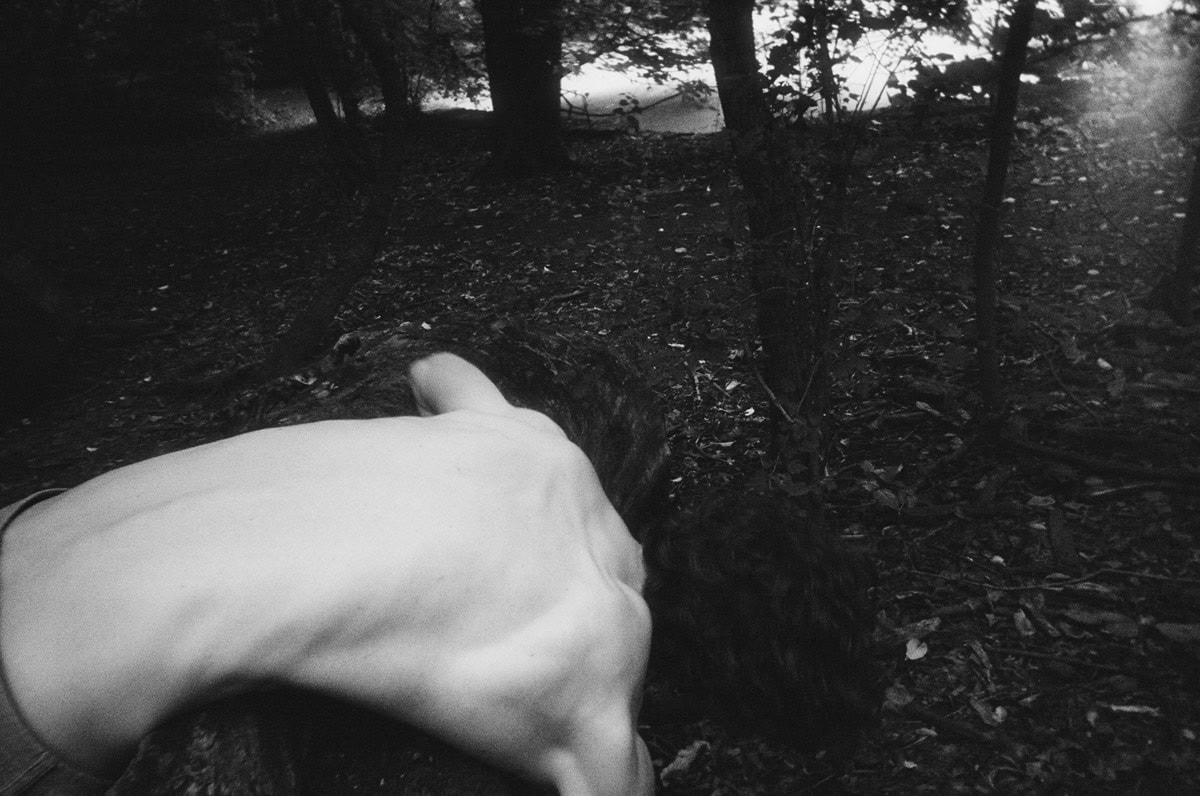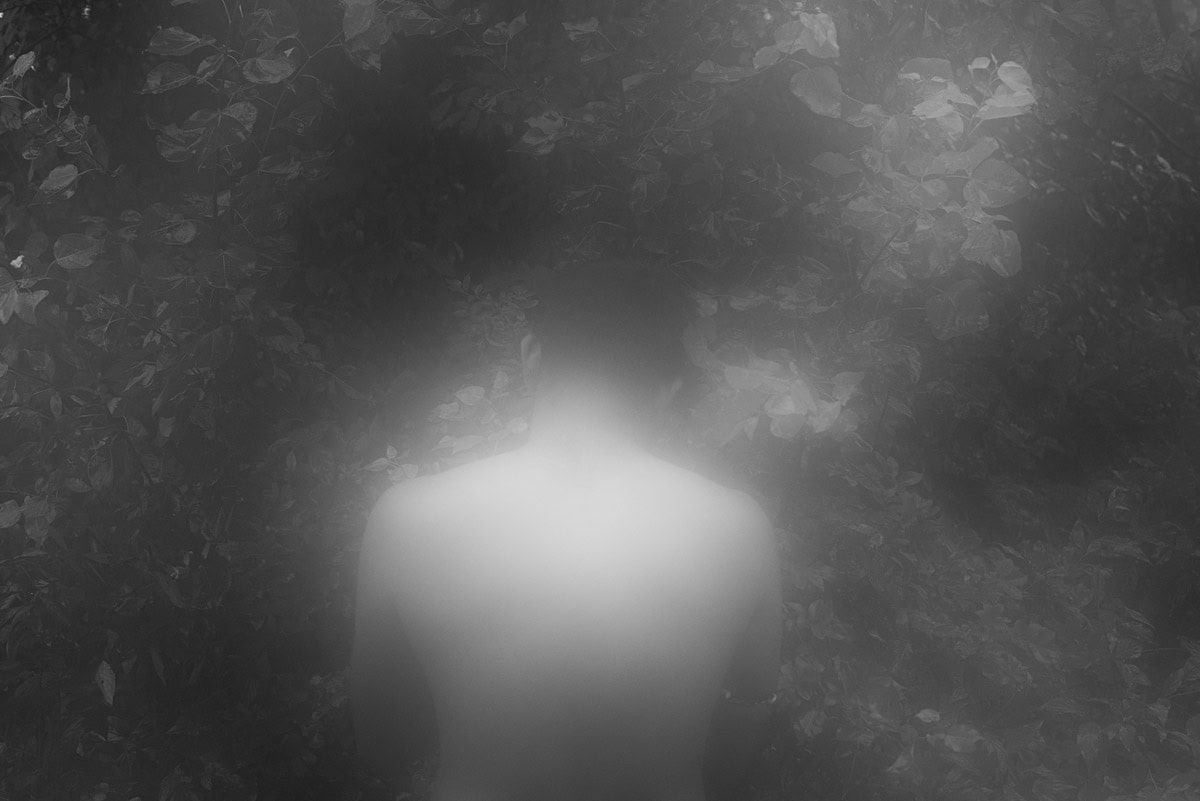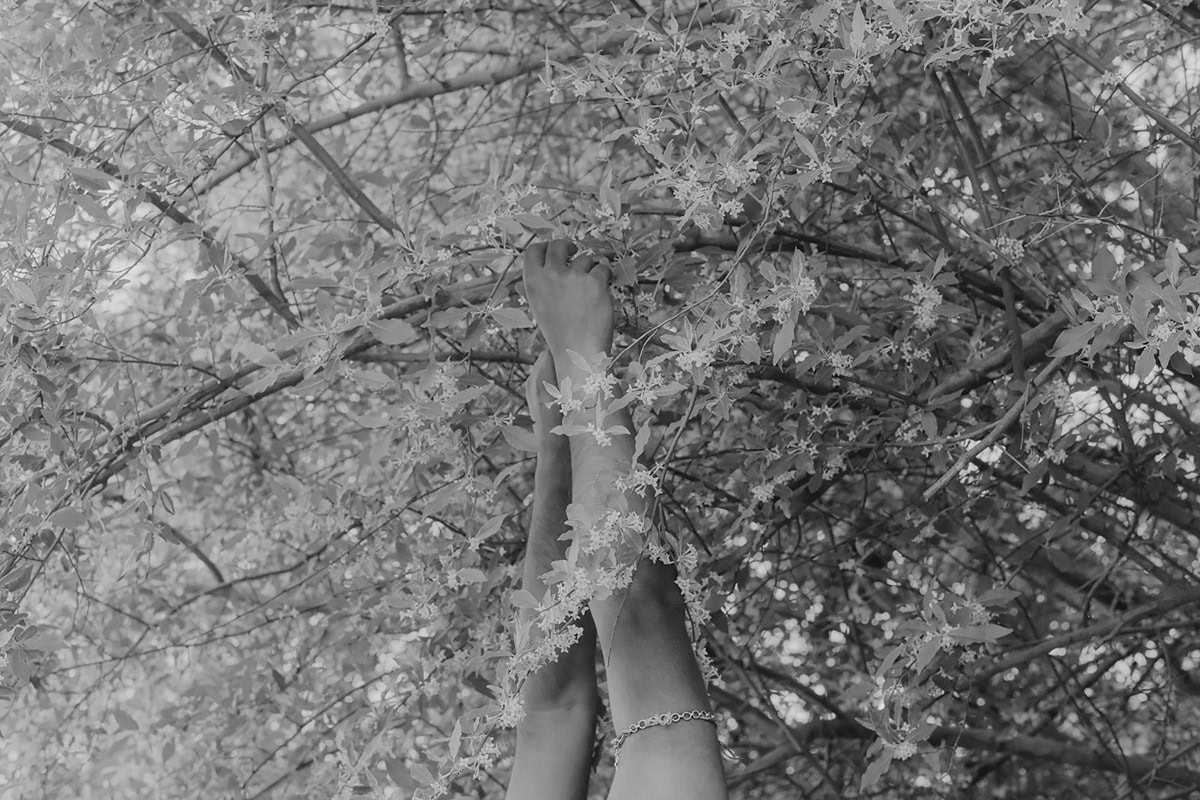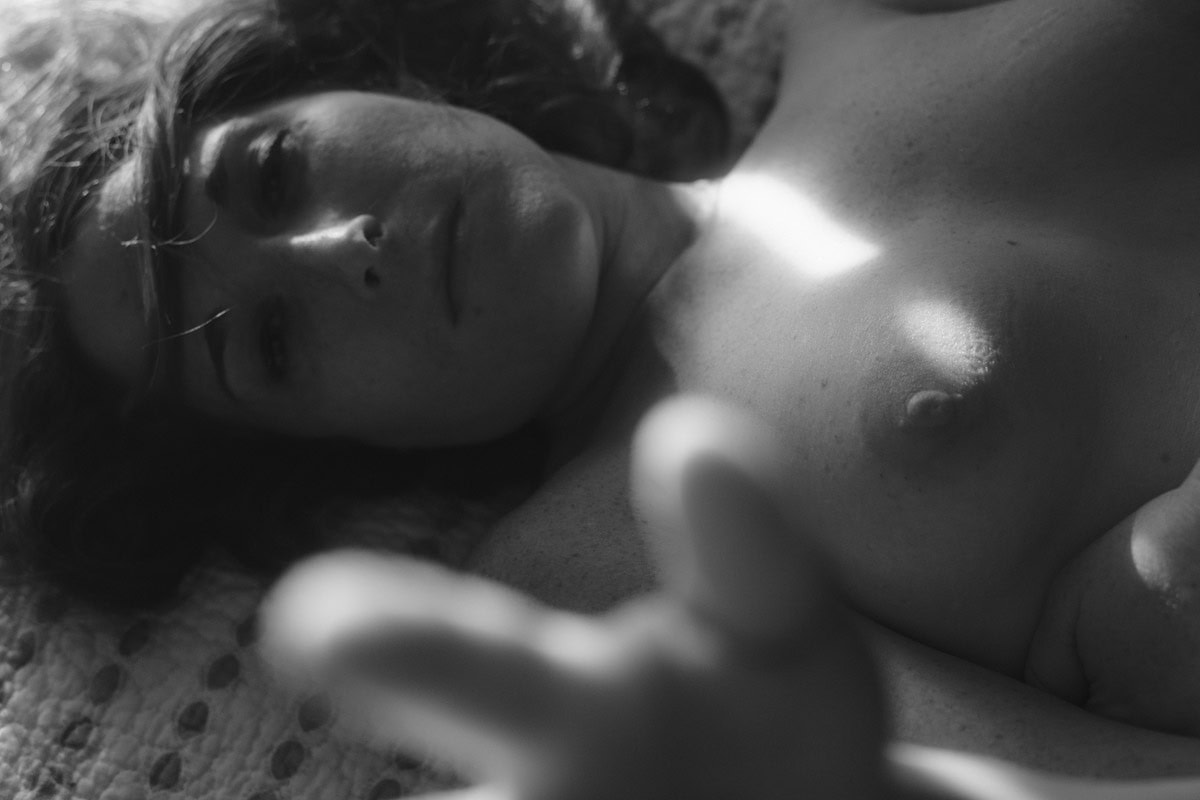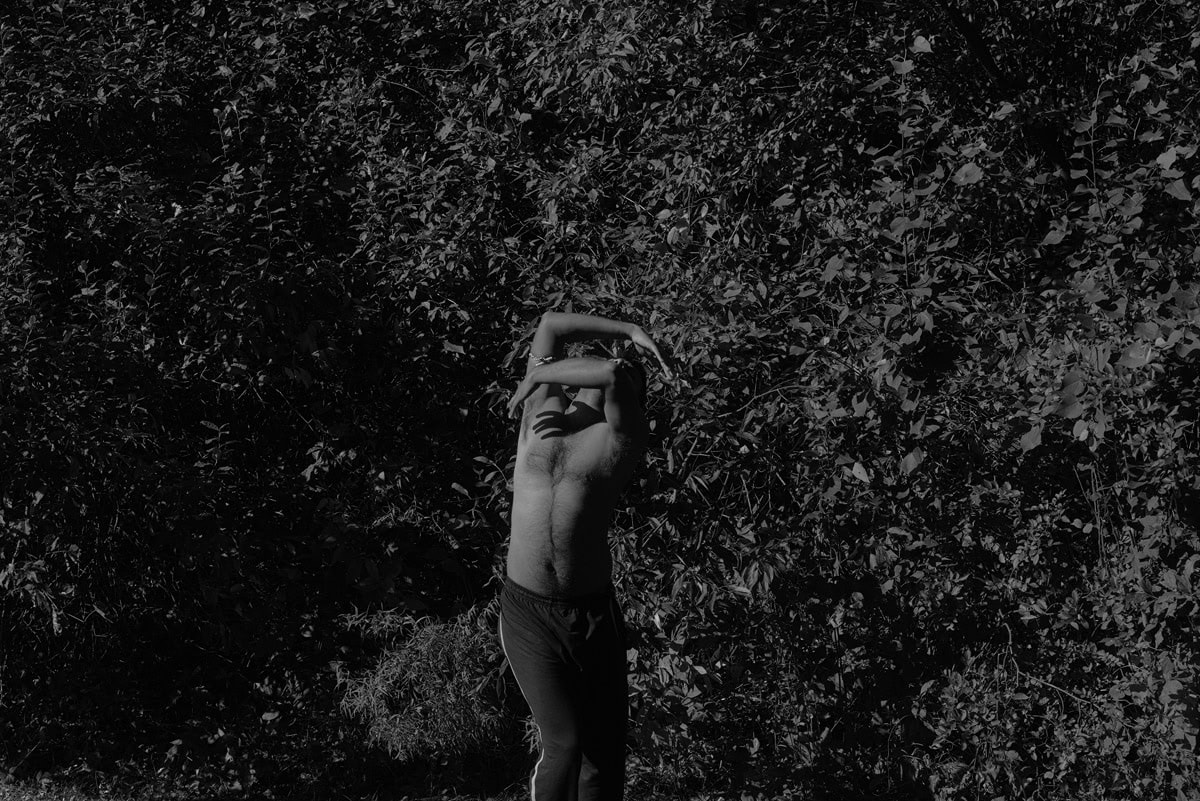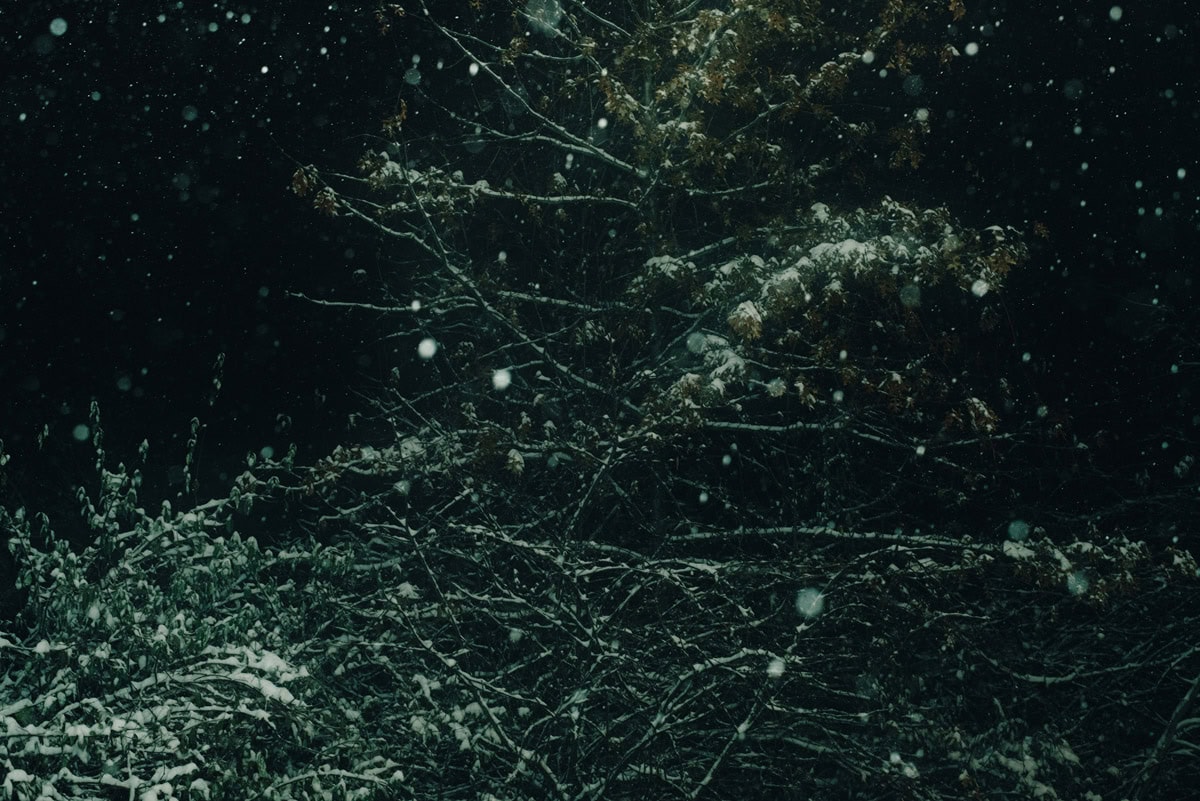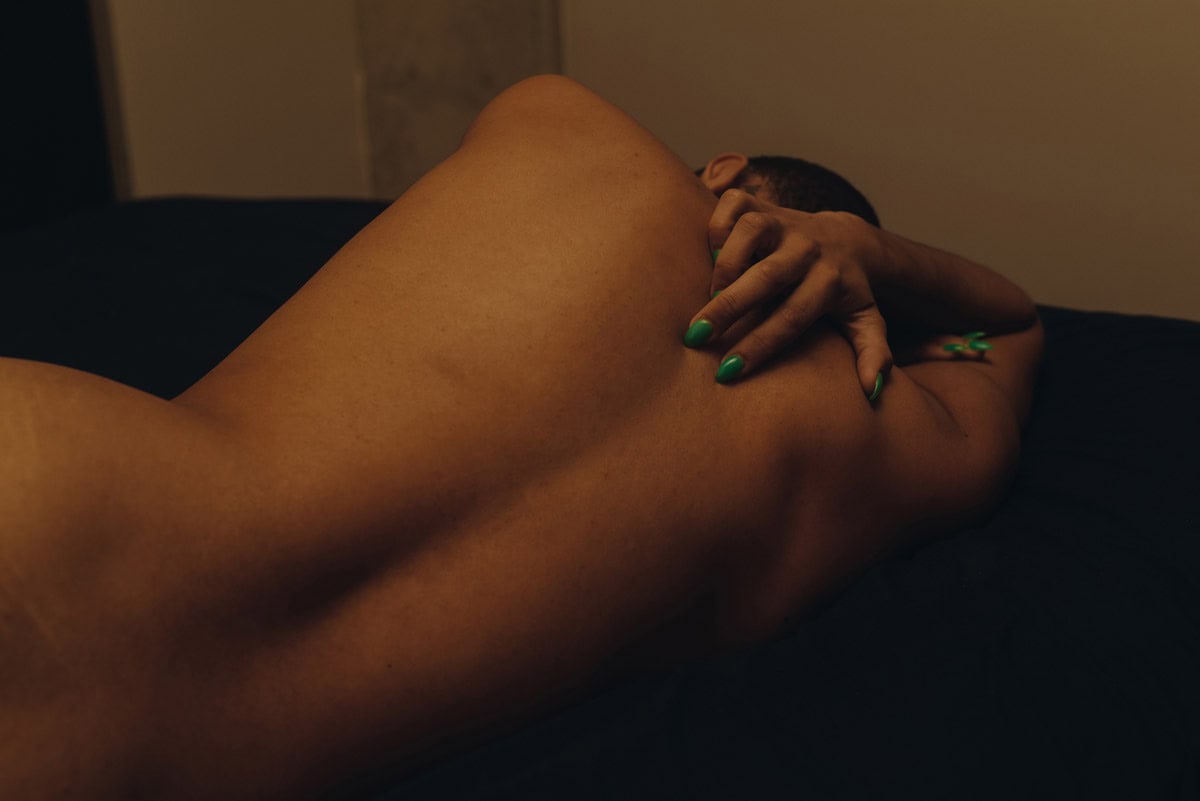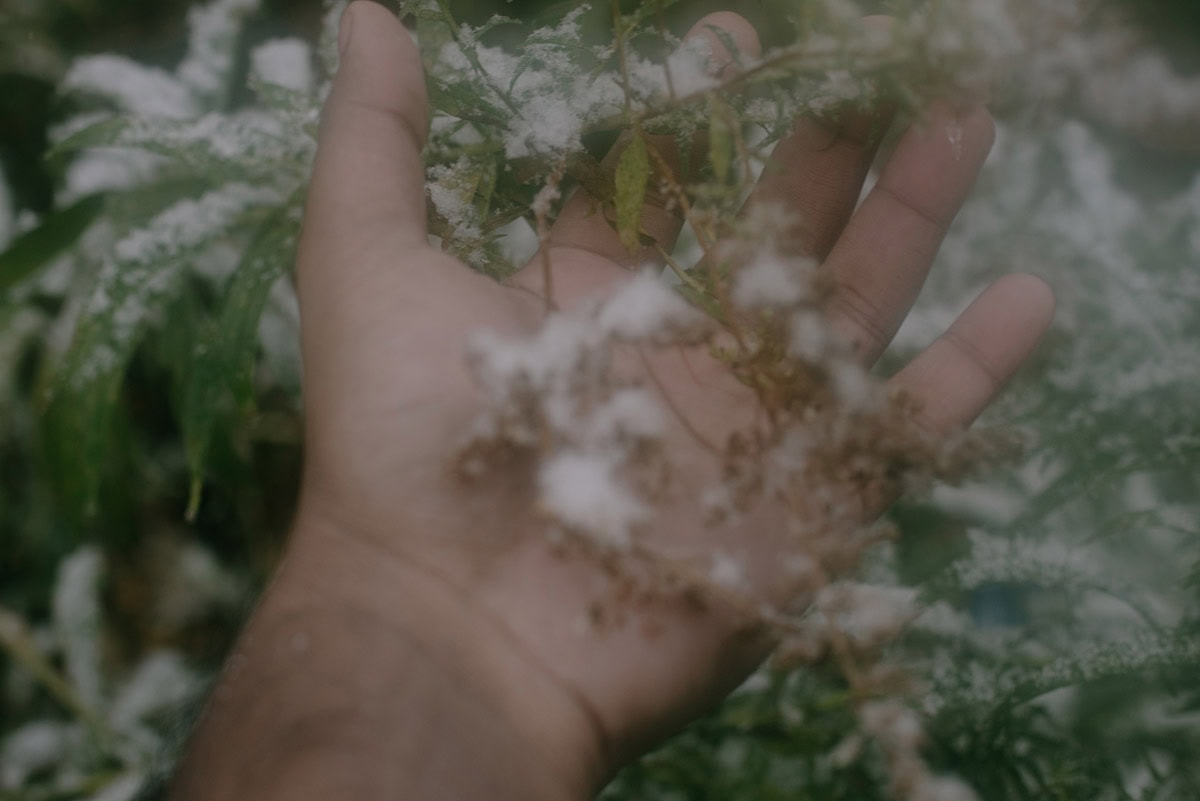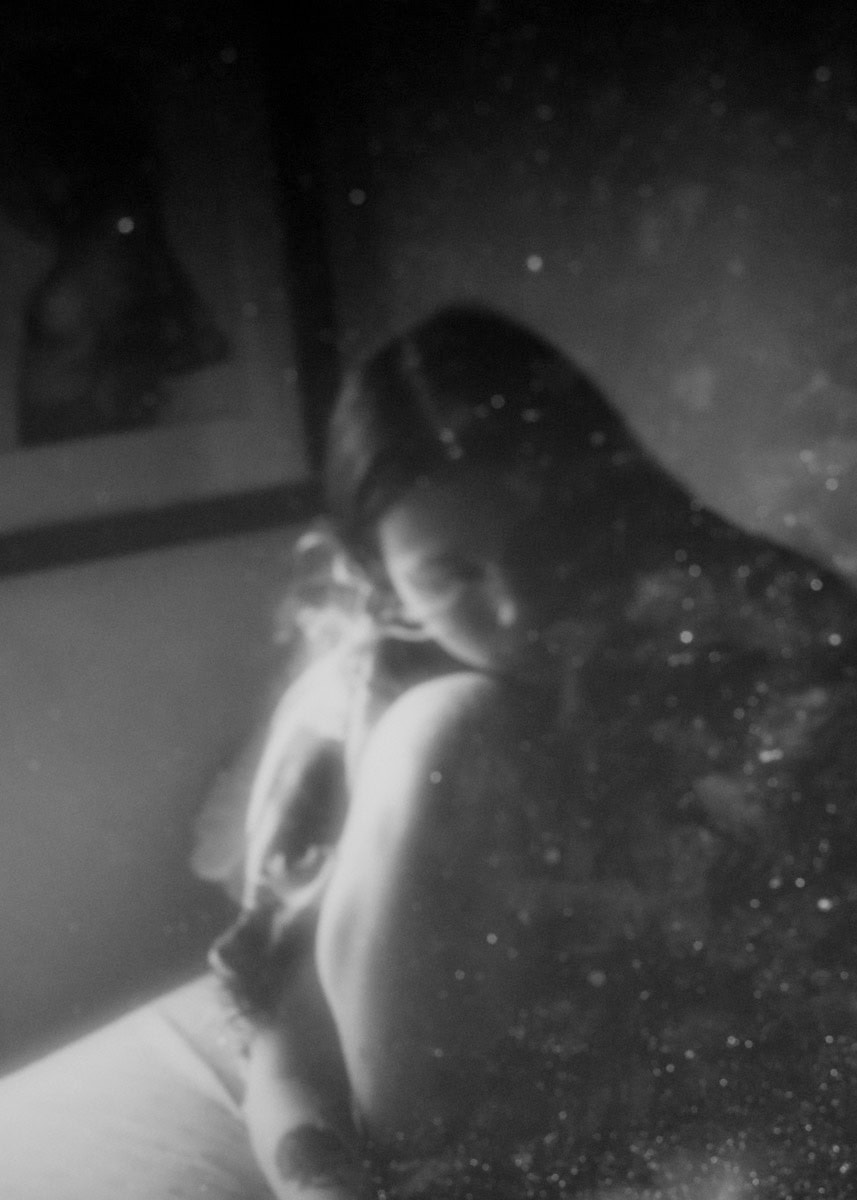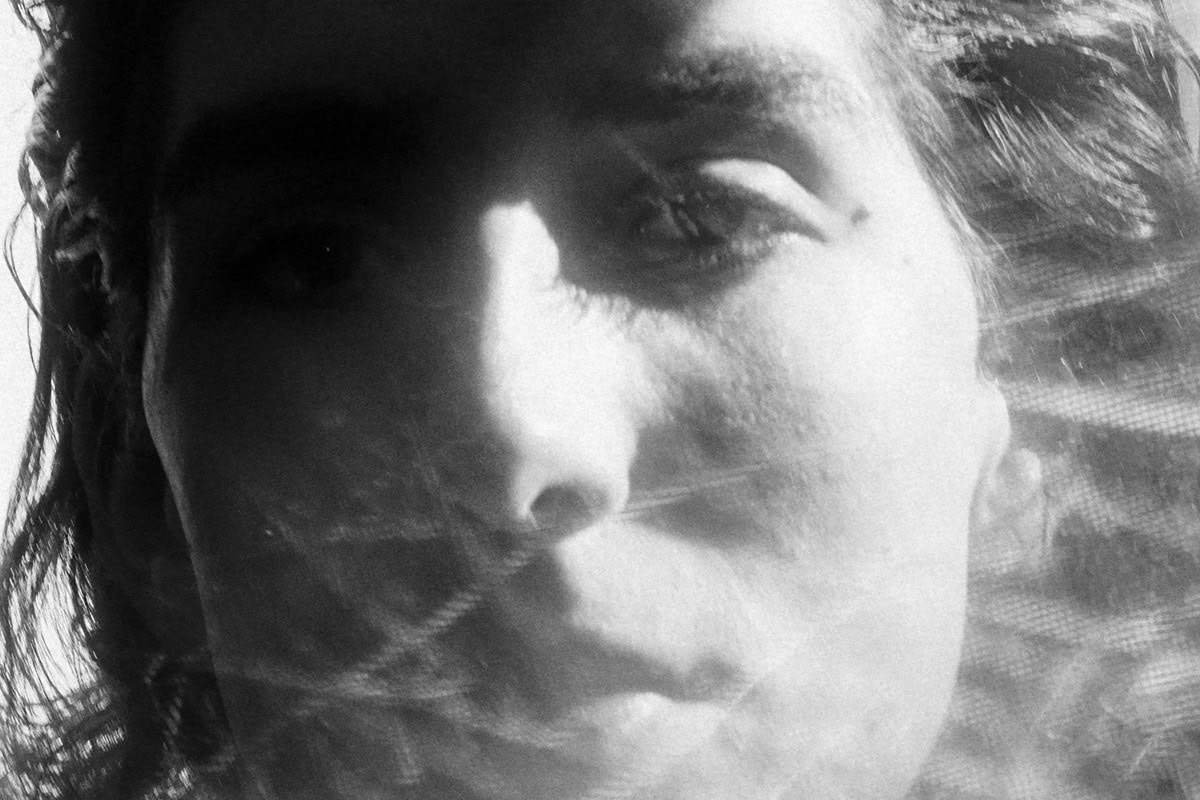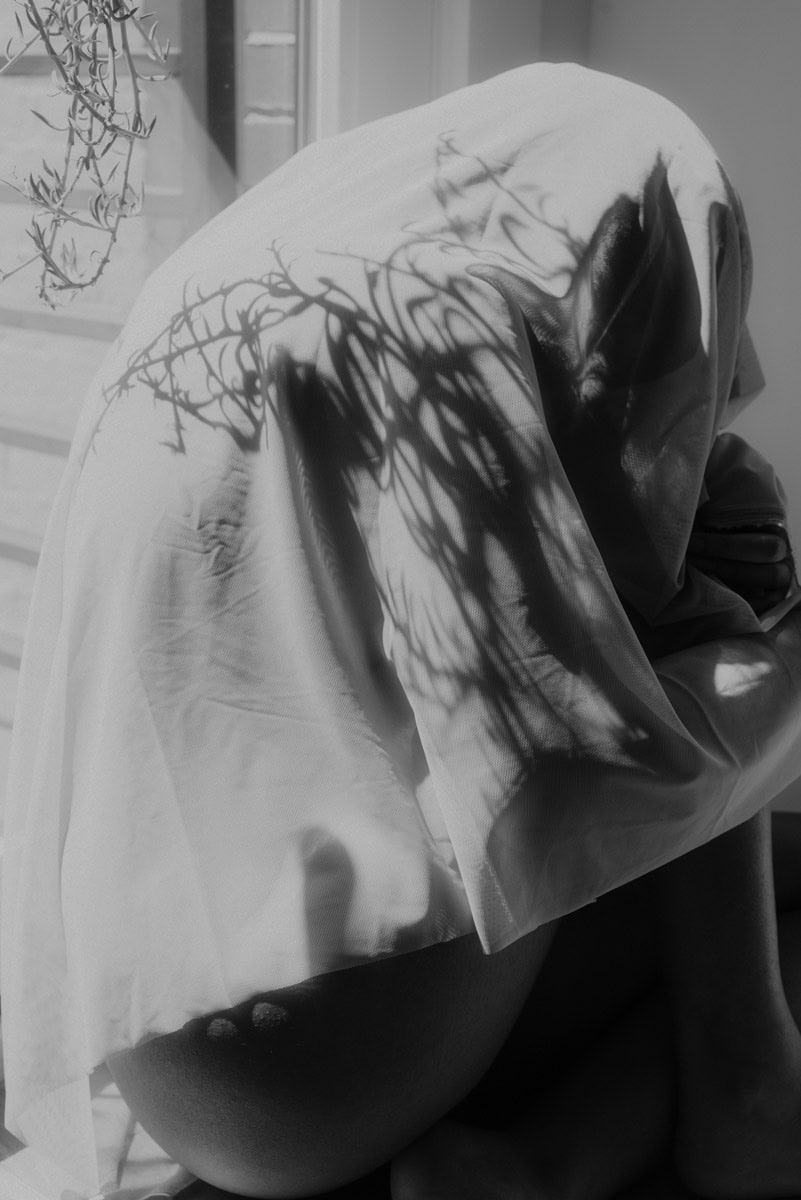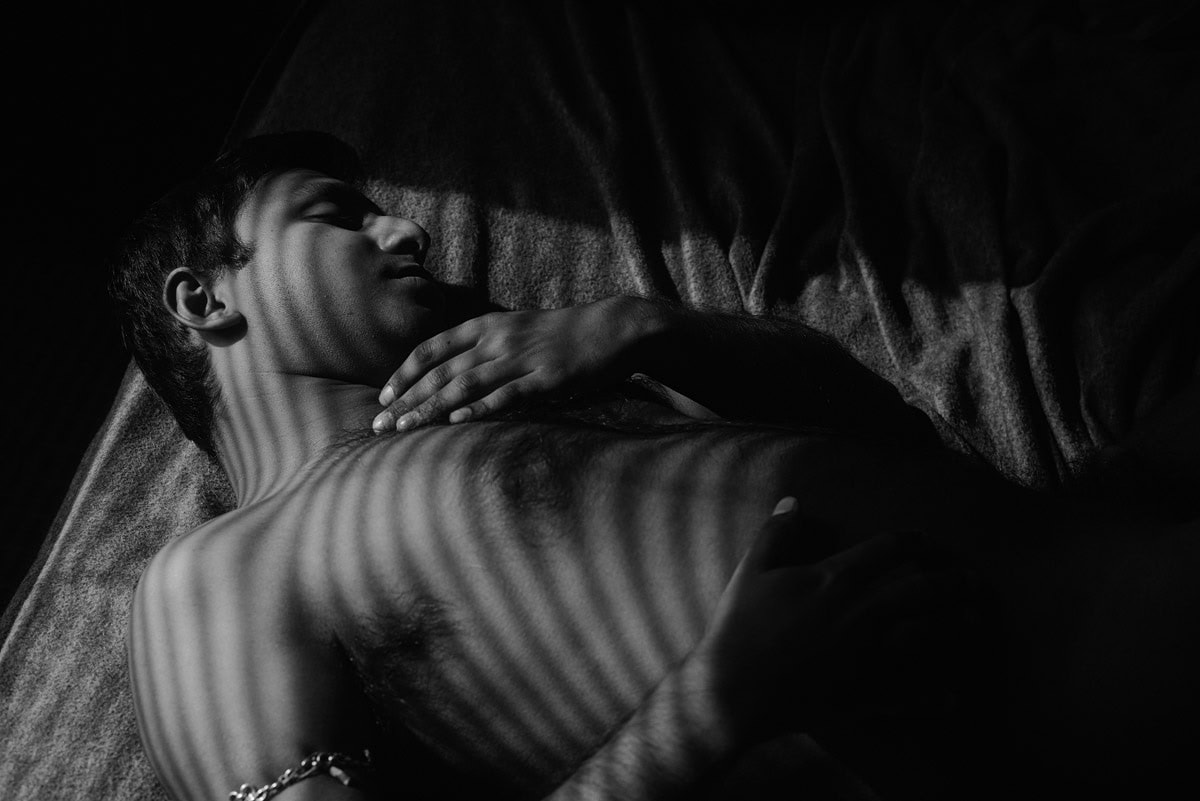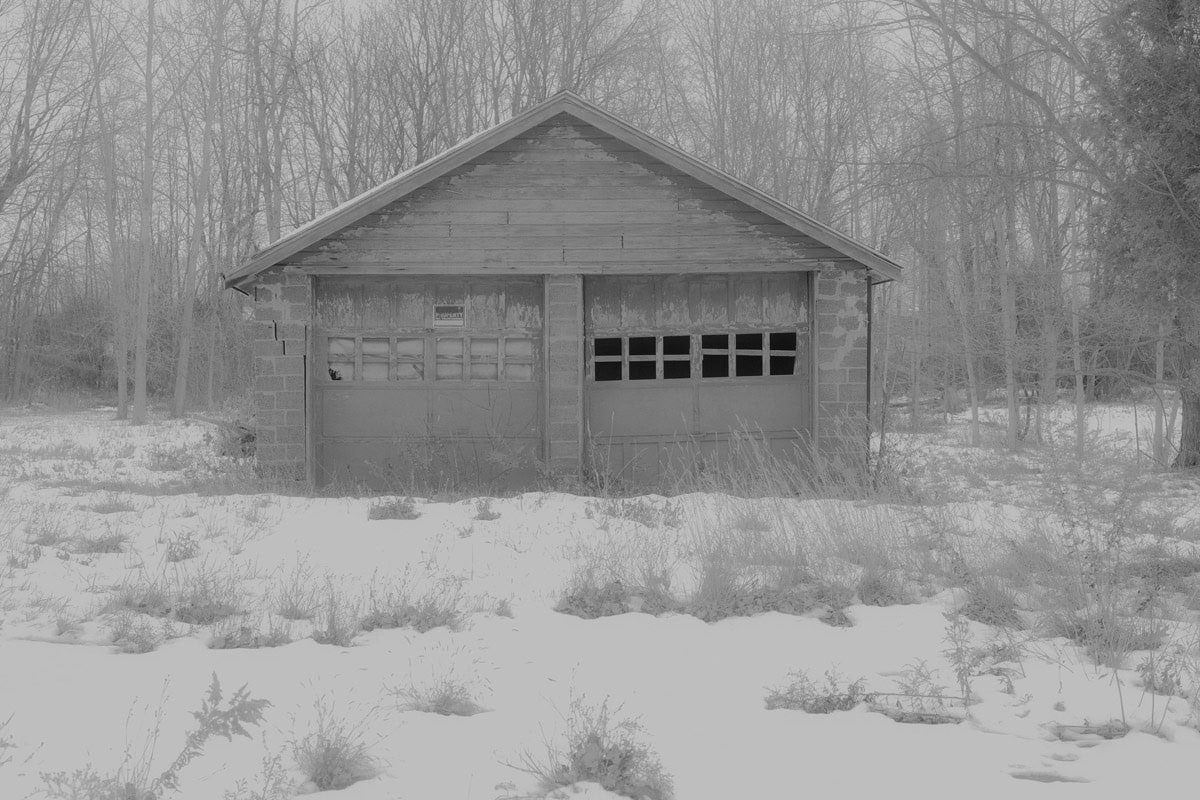Maria Teresa Salvati every month presents photographers seen through their intimate and personal motivation, their Spot of Beauty.
Debmalya Ray Choudhuri
Creative documentary photographer dealing with the themes of identity, love and memory, using a very personal and intimate approach as a way to establish connections with the land, the people met and the self.
Over time, the creative practice has naturally flowed from finding a sense of belonging to one place, to connecting to a community by establishing closeness to one person at the time. This way, the author tries to understand the why’s and how’s people live their daily lives and uses photography to converse with them. In these dual conversations, subjects and photographer can be fluid and interchanged. The camera becomes the language to communicate, where whoever is the encounter, can freely show their flaws; they can strive despite vulnerabilities and fragility of living; they can be exactly who they are and still feel good and accepted.
Deb’s journey has its roots in the need to take distance from the chaos of the surroundings, and get intimate, physically and emotionally, in places where the hunt is more lyrical, delicate, sometimes strong, but it feels protected. Ultimately, in this visual research he tries to establish a connection between past and present and find his position in the world.
about ‘Fragments of the Dying Man’ – words by Debmalya Ray Choudhuri:
Confronting tuberculosis at the age of 17 forced me to live a life in isolation for a long period of time, part of which was associated with stigma, part with my own fear and shame of not having lived fully and losing time.
After the suicide of a lover, to live again was the only way out.
Tragedies shape the
human in you.
The act of photographing
is a pretext to getting closer. To continue
living a dual life: one, in a vulnerable position of solitude; the other,
within the personal space of strangers.
Some stay. Some fade away.
Fragments
of the Dying Man is a diary of fragility,
loss and desire. A play of images, words and performance. It oscillates between
Isolation and Intimacy; day and night. What’s in control and what’s not. The
lines are blurred.
This journey passes through lands that are vast yet confined with so little happening, looking outside for a semblance of love and sometimes inside, often photographed by strangers surrendering to their will. But who is looking at whom? All merge into one another. It’s a faint reminder of a tragic past that haunts me again and again.
At the end there are my encounters with strangers with whom I share moments. Those that gave me a shelter. Encounters and spaces. Confined, intimate and visceral, much like me. Someone is an androgynous erotic performer, someone a “cam girl”, someone is a stigmatized sex worker, someone has an odd job, only to survive in a fast-changing capitalist society. Some have been abused sexually, some bullied, some in a deep sense of anguish, exploding through the feeling of desire and being desired. Bound together through the logic of the lure.
Some are alive, some are not. Photographing leads people to share their most intimate experiences and some break down in the process. This journey is a Zeno’s paradox: the closer you get to someone, the more distanced you become. It is in these contradictions that I thrive and live my reality.
How photography
creates a fiction around us? Me and the other, and how through this fiction of promiscuous exchanges, we get closer to understanding
what it means to be here? The narratives are simple, often repetitive, with
people acting on their own whim, being the actors and directors of the stage of
desire, trying to understand their body and the spectrum of their human
experience through being an image.
The Fragments is based on disavowals. It plays with the ambiguity of our identity, my identity, auto-eroticism and the nude – the masks that we put on to perform for the camera and in life. Those photographed are aware that a camera is observing them. The body is the site of desire, site of resistance, a symbol of performance to seek pleasure, to express agony and pain.
The camera is the
protagonist, subjecting me and those around me to a vulnerable position of
solitude and a way of identifying with our body and sexuality- a vessel to
recognize our being in the world. Confronting the dichotomies of our position.
In its experience with the “queer” body, desire and space, this journey strives
to look beyond the “presupposed zones of identity and representation, to think
of the anonymous, erotic and uncertain forms of “sociality” ” – death,
disappearance and the fragmentary passage of people and places.
Through this, I try
to live up to my own questioning of desire and the inarticulate form that sits
between proximity and promiscuity and is, maybe called love. I challenge myself
and question to exist in what I call the “economy of desire”.
I seek the other and
in this constant pursuit of desire, pleasure, fear, doomed to fail, and ultimately,
I find my own reconciliation.
